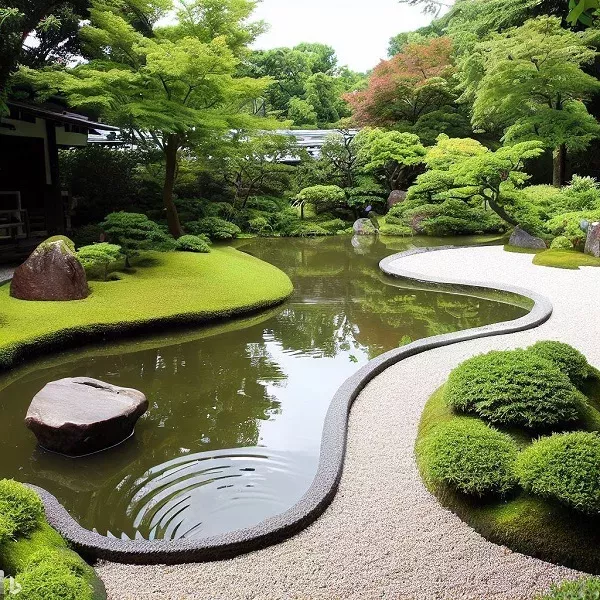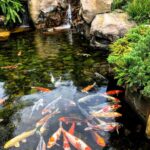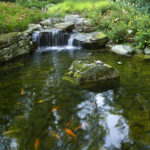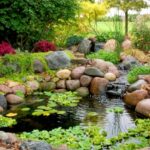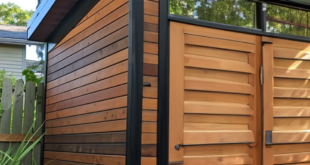When it comes to designing a pond, there are several factors to consider in order to create a beautiful and functional water feature. The first step in pond design is to determine the size and shape of the pond. Consider the overall layout of your outdoor space and think about how the pond will fit in with the surrounding landscape. A smaller pond may be more appropriate for a small backyard, while a larger pond may be more suitable for a spacious garden.
Next, think about the depth of the pond. Deeper ponds are not only better for fish and aquatic plants, but they also provide more visual interest and depth to the overall design. It’s important to create varying depths within the pond to accommodate different types of aquatic life and provide a more natural look.
Another important aspect of pond design is the choice of materials. There are many options available, including pre-formed ponds, flexible liners, and concrete ponds. Each type of material has its own benefits and drawbacks, so it’s important to consider factors such as cost, durability, and aesthetics when making your decision. Pre-formed ponds are easy to install and come in a variety of shapes and sizes, while flexible liners allow for more customization and creativity in the design process.
Once you have determined the size, shape, depth, and materials for your pond, it’s time to think about the surrounding landscaping. Incorporating rocks, plants, and other natural elements around the pond can help blend the water feature into the rest of the landscape and create a cohesive look. Consider adding a waterfall or fountain for a more dynamic and visually appealing design.
To maintain a healthy and balanced ecosystem in your pond, it’s important to consider factors such as filtration, aeration, and circulation. Installing a pump and filter will help keep the water clear and free of debris, while adding aeration features such as a fountain or waterfall will help oxygenate the water and support aquatic life. Circulation is also key to maintaining water quality and preventing stagnation, so be sure to plan for adequate water movement within the pond.
Overall, designing a pond requires careful consideration of various factors, from size and shape to materials and landscaping. By following these tips and thinking through each aspect of the design process, you can create a stunning and functional water feature that adds beauty and value to your outdoor space.
